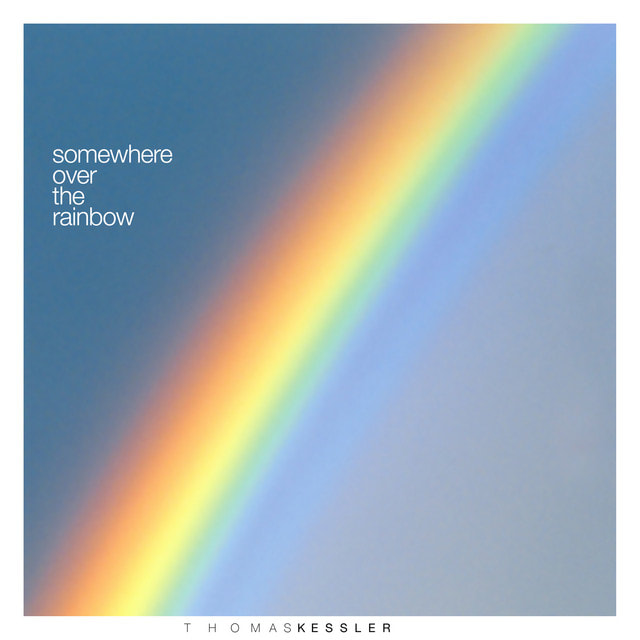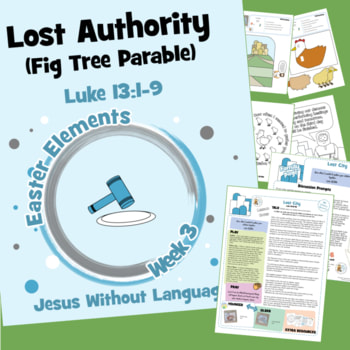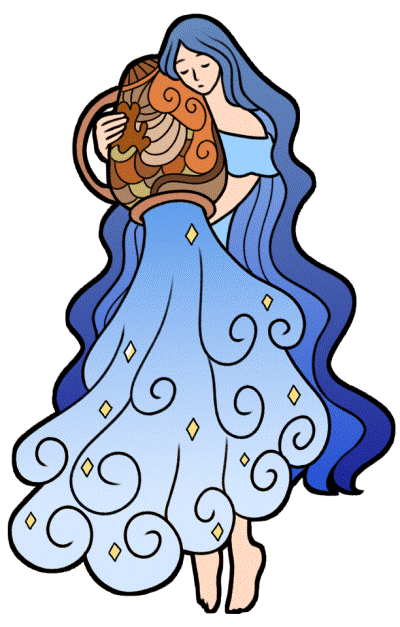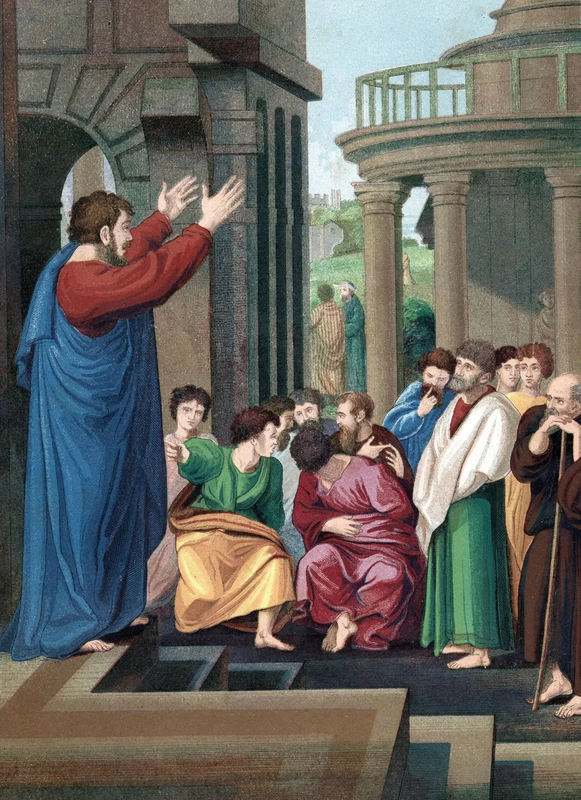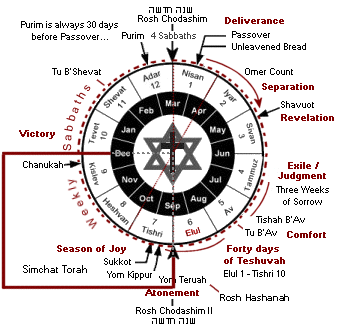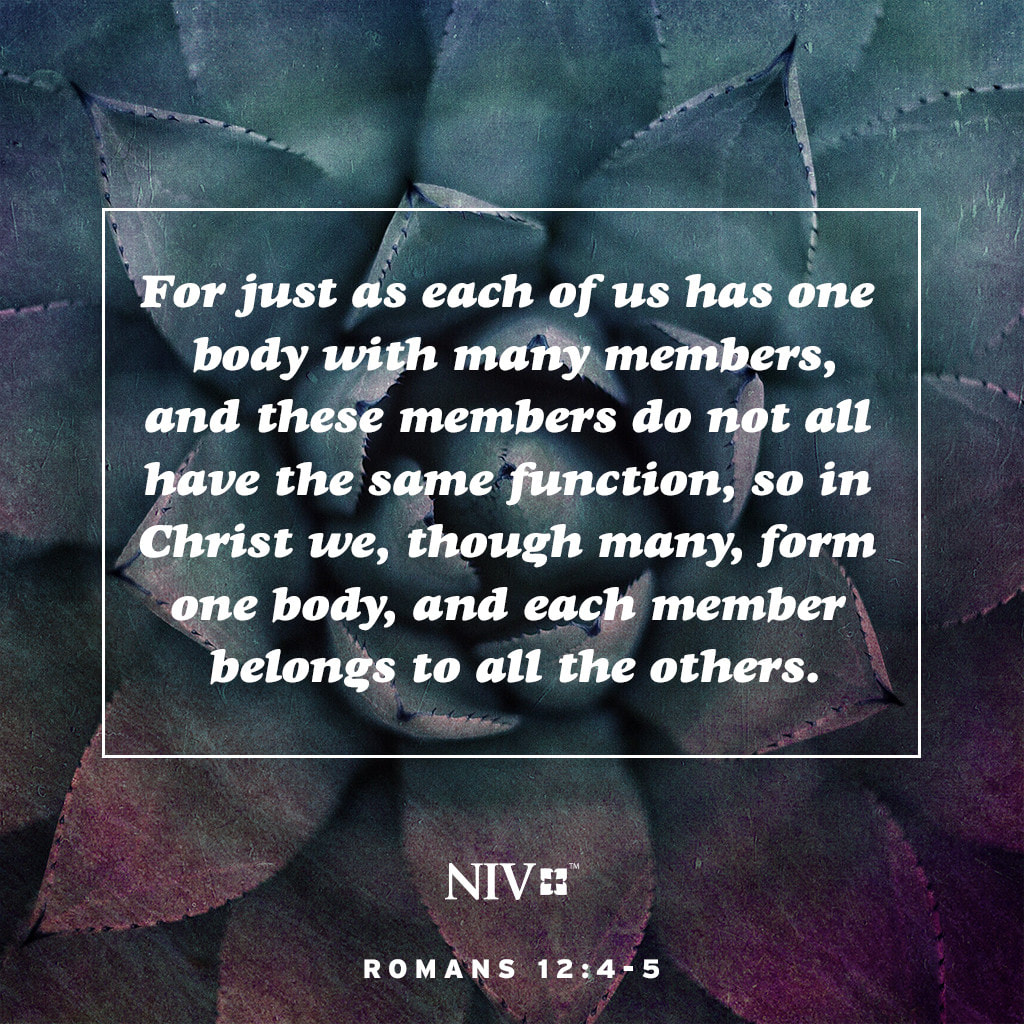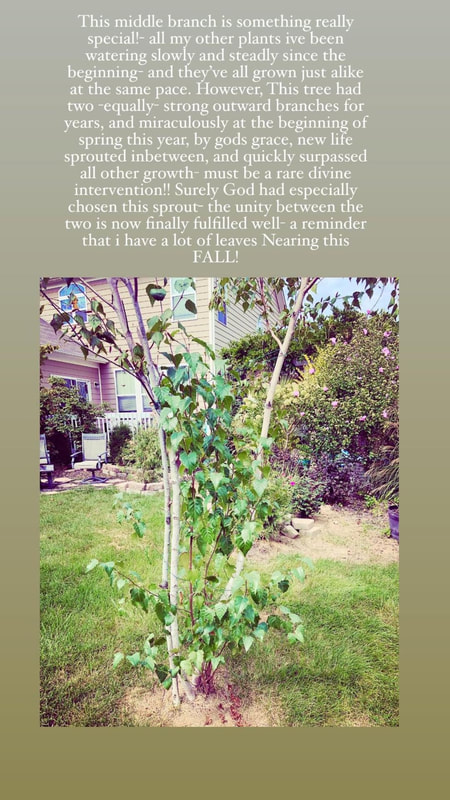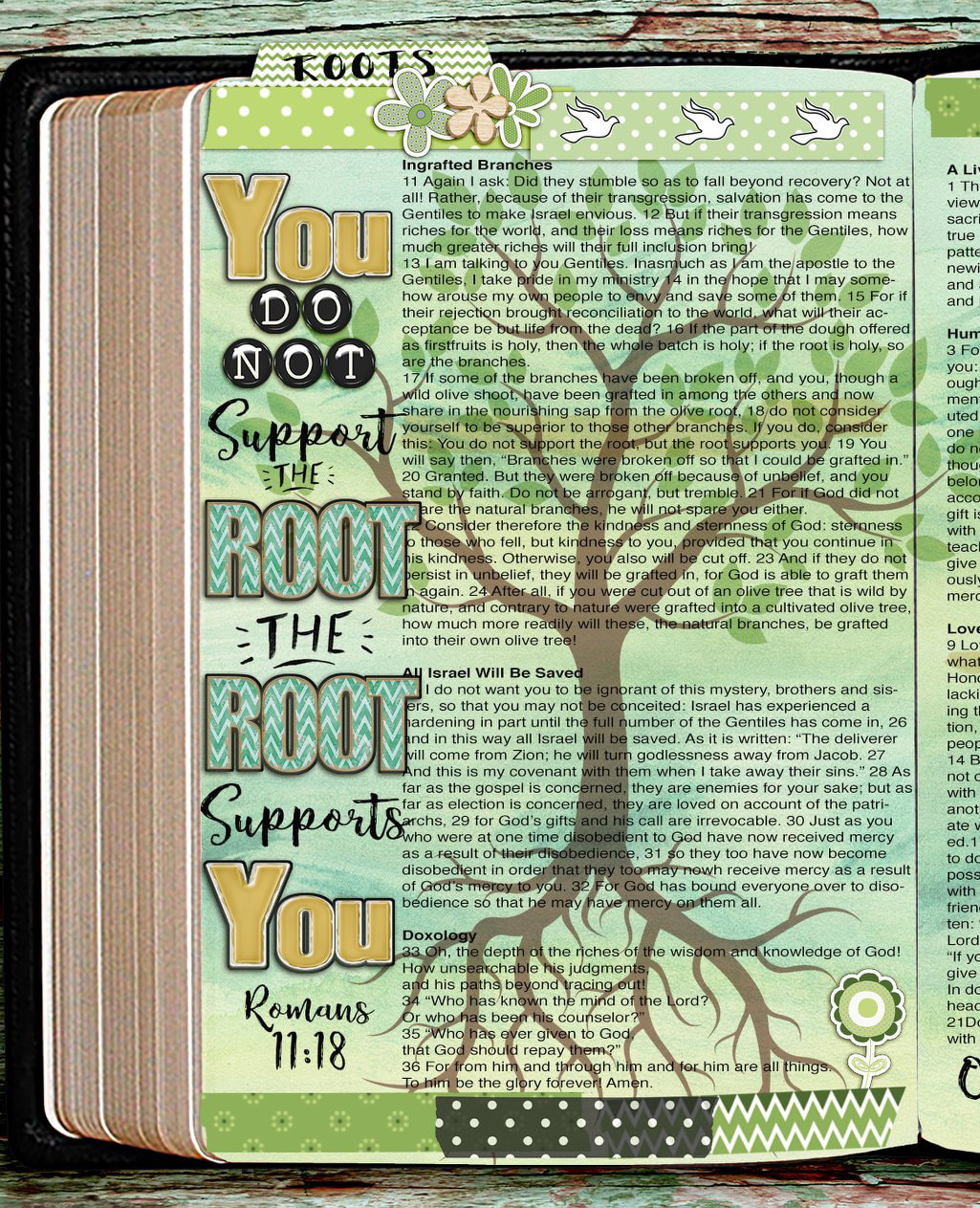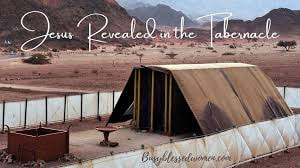Before the Book...
The “book” in the form of the codex is a relatively recent development. Apparently invented by the Romans, none of the Old Testament characters ever saw a codex. Thus we should not imagine Moses, Isaiah, or Daniel reading a book as we would today. Other, less convenient writing mediums were used. By the time of the New Testament, however, the codex had made its way into the world. Consider various writing materials and mediums before the book, as we know it, was born.
Clay Tablets...
earliest known writing material is the clay tablet. Typical of Assyria and Babylonia, wet clay tablets would be inscribed with a stylus and usually placed in the Sun to dry. The Bible only contains one reference to such a writing surface. Ezekiel, in Babylonian exile, is instructed, “You also, son of man, take a clay tablet and lay it before you, and portray on it a city, Jerusalem” (Ezekiel 4:1). Although Ezekiel is not being commanded to write words here, the process of drawing a picture is the same. The Hebrew word for “writing tablet” (levēnāh) is likely borrowed from an Akkadian word meaning “baked,” Akkadian being the language of the Assyrians and Babylonians. The same word describes dried bricks elsewhere used for building materials (e.g., Genesis 11:3; Exodus 1:14).
Ostraca...
Israel had its own version of baked mud. Broken pieces of pottery, known by the Greek word ostraca, served as the ancient equivalent to scrap paper. Although the Bible never mentions ostraca as a writing surface, hundreds of ostraca have been discovered in Palestine from many periods of history. The “Samaria Ostraca” collection, probably dating no later than the eighth century B.C., includes over 100 documents relating to agriculture. The Lachish Letters, written in the early sixth century B.C. when Judea was under Babylonian attack, record communications between the strategic military fortresses in the midst of the Babylonian siege.
Stone...
was readily available in ancient Israel. A heavy and durable material, stone was apparently the writing material for the earliest parts of the Scriptures (Exodus 32:19; Deuteronomy 9:17). Although no Scripture engraved in stone has survived from the Old Testament period, a number of secular inscriptions have survived, two of which mention the “house of David,” and date to the ninth century B.C. (the Tel Dan inscription and the Mesha inscription). In Figure 1, an artistic reconstruction of the Tel Dan inscription, I have highlighted the expressions “king of Israel” in line eight, and “house of David” in line nine.
Figure 1: Artist’s reconstruction of Tel Dan inscription. Credit: Wikimedia Commons (Creative Commons license)
Plaster...
Israelites also used plaster as a writing surface. Painted onto stone, the Israelites could inscribe the wet plaster with images and writing. This writing material had the advantage of being cheap and easy to erase. Of course, it was limited to indoor use. The Bible refers only once to this kind of medium (Deuteronomy 27:2-3), but many secular examples survive that are of interest to the student of the Bible. One was found in the Jordanian town of Tel Deir ‘Alla and dates to the late ninth century B.C. This plaster inscription mentions the biblical character “Balaam son of Beor” (cf. Numbers 22-24). Another, dating from around 800 B.C. from Kuntillet ‘Ajrud, raised an academic sensation because of its proposed translation, “To Yahweh of Teiman and to his Asherah.” This latter inscription provides archaeological support for what the Bible tells us: Israel worshipped the Lord alongside of other gods (Exodus 20:3; Judges 3:7; 2 Kings 21:7). Whether the reference to Asherah, a female goddess, represents the mistaken belief that God had a wife is disputed among scholars.
Wax Tablets...
whereas the Mesopotamians preferred the clay tablet, the Greeks generally used the wax tablet. Two flat pieces of wood were held together on one side with a hinge or series of cords through drilled holes. The wooden pieces were slightly hollowed to receive a thin coat of wax which the author could inscribe with the desired message. The resulting product resembles in appearance a modern laptop computer (see Figure 2). It would be possible to adjoin several additional wooden plates so that the product began to take on an accordion shape. It is from this accordion-style series of tablets that we receive the word “codex,” and probably the concept as well. The wax tablet proved to be popular among students and note-takers alike because it could be quickly erased and reused.
Metal...
Metal was occasionally used as a writing material. The earliest copy we possess of any part of the biblical text is found on two small silver scrolls that were discovered in a tomb dating to the late seventh century B.C. These scrolls contain the so-called “priestly blessing” (Numbers 6:23-26). Gold is mentioned as a writing material in Exodus 28:36 where God orders a plate to be worn by the High Priest engraved with “holy to the Lord.” This engraving, however, represents an exceptional case for an important spiritual office. Metal otherwise would have been impractical as a normal writing surface.
PapyrusPapyrus does not appear to have been common in ancient Israel, but the Bible does reference the papyrus plant twice (Job 8:11; 35:7). Interestingly, the Hebrew word translated “papyrus” (gōmeh) describes the boat made by the mother of Moses (Exodus 2:3), but the term is translated “bulrushes” in the New King James Version (cf. Isaiah 18:2 where the word is used in a similar context). An aquatic plant native to Egypt, papyrus became the dominant writing material in Egypt for centuries. Our first example is conventionally dated to around 3000 B.C., although the papyrus is, unfortunately, blank.
To manufacture a papyrus page, one starts by peeling away the papyrus bark to expose the pith. Then the pith is cut into uniform thin strips which are laid beside one another. A second identical layer is then placed horizontally across the vertical strips at a right angle. A light, wooden hammer pounds the two layers together until they merge to form a relatively durable page. Finally, the papyrus is dried and scrubbed with a pumice stone so as to create a smooth, light writing surface. Multiple pages are then glued together on one edge to form a continuous scroll.
Because the papyrus was native to Egypt, the first “Israelite” papyri that survive are the Elephantine papyri dating to the fifth century B.C. These documents reveal a Jewish community living on Elephantine Island in southern Egypt, but still retaining contact with the homeland. The community sent letters both to the Persian authorities and to the Jerusalem priests requesting permission to rebuild their Temple to the Lord and asking to observe the Passover.
Animal Skin...
The most durable and expensive writing surface in antiquity was parchment. Still used for valuable archival documents today (the Declaration of Independence is written on parchment), parchment is carefully produced from animal skins. “Vellum” is the term used to describe the best parchment in antiquity, and our finest manuscripts of the New Testament are written on this material. The rise of the codex is at least partially responsible for the popularity of parchment.
The production of parchment is extremely involved. After the skin was cut away from the animal, it was scraped to remove as much hair, epidermis, and flesh as possible. Then it was soaked in slaked lime for several days and re-scraped to remove any excess hair or flesh. The skin was soaked again in a bath of lime to cleanse it, after which it was stretched onto a wooden frame to dry. After a lengthy and repetitious process of wetting and scraping, the skin would then be smoothed with a pumice stone and whitened with chalk, yielding a smooth and durable writing surface. Paul mentions his “parchments,” probably referring to part of the Bible (2 Timothy 4:13). Such a copy would have been extremely valuable, and it is understandable why Paul would desire to possess such an object in the days leading up to his death.
Parchment was preferred to papyrus as time went on (especially by the fourth century A.D.). This was due to its strength, durability, versatility, and beauty.
As Colin Roberts and T.C. Skeat recognize,
even the strongest supporters of papyrus would not deny that parchment of good quality is the finest writing material ever devised by man. It is immensely strong, remains flexible indefinitely under normal conditions, does not deteriorate with age, and possesses a smooth, even surface which is both pleasant to the eye and provides unlimited scope for the finest writing and illumination.1
The Production and Cost of Books
The modern book industry is big business, generating over 27 billion dollars worldwide in 2013.2 The largest printing houses can produce over one million printed pages per day! Trade paperbacks can be widely purchased for less than a dollar, and specialized reference sets rarely exceed $500. Furthermore, over 84% of the world’s modern population is functionally literate.3 These figures stand in stark contrast to the reality in the ancient world.
First of all, the production of books is tremendously tedious. We have already spoken of the labor that would go into producing a single sheet of writing material. Then one has to locate a scribe, purchase the proper concoction of ink, and dictate the material. Then follows the “binding” in the case of a codex or rolling the sheets onto a wooden rod in the case of a scroll. Such a process yields one copy of one work, which was proofread before additional copies were made. The next step is to make multiple copies for dispersion. Dispersing copies is literally called “giving out” (ekdosis in Greek; editio in Latin, from which we derive the word “edition”), and is the equivalent to what we today call “publication.”
Second, books were expensive. Each of the aforementioned steps costs money. Scribes charged by the line, and their fee represented the bulk of the cost of production. The Edict of Diocletian to fix prices (issued A.D. 301) states, “To a scribe for best writing, 25 denarii per 100 lines; for second quality writing, 20 denarii per 100 lines; to a notary for writing a petition or legal document, 10 denarii per 100 lines.”4 The fact that the emperor felt the need to fix prices indicates that inflation had run rampant in his day. Scribal fees in the first century would have been much less, but books were by no means cheap. Martial records that a high-quality book of approximately 40 pages (a total of ca. 120 lines) would cost five denarii, or nearly a week’s pay for a day laborer.5 Slightly later, Pliny the Younger (ca. A.D. 61-115) informs us that his uncle’s library of common books could have been sold for 400,000 sesterces (approximately 16,000 denarii).
As expensive as books were, money did not pile up in the lap of the author. No author of the early centuries of our era expected to receive substantial compensation for his writing. This was the business of booksellers. When Greek became the lingua franca of the classical world after the conquests of Alexander, the world witnessed the construction of a number of public libraries. These public collections spawned private libraries, which were guarded as precious treasures. Of course, book collectors required booksellers. We have the names of several from Rome who maintained prestigious bookstores from the first century B.C. through the second century A.D.: the Sosii brothers, Dorus, Tryphon, Quintus Pollius Valerianus, Secundus, and Atrectus.7
Most of these individuals would have been responsible for copying the books they sold. After all, librarius is a term both for “bookseller” and “copyist.” How they copied books we do not know. Some have imagined a lector (“reader”) surrounded by dozens of scribes taking down the text at his dictation, but no direct evidence of such large-scale production exists.8 In any case, it is true that booksellers were not responsible for books of the finest quality. Wealthy collectors and scholars preferred to keep slaves trained as scribes.9 The example of Cicero (106-43 B.C.) is exceptional, but his book distributer, Atticus, had a private scribal army sufficient to meet demand after Cicero’s death.
We should pause here to mention that the preceding paragraphs represent exceptional cases. Most people in the ancient world could not read, and most of those who did could not afford books. Public readings thus became an important element of informal public education. The desire on the part of pagans to learn about the Jews or Christians doubtless drove many to attend synagogues and, later, churches, where it seems the chief aim from the beginning was the reading of Scripture. Literate or not, all had the opportunity to be educated in the Word of God.
From Scroll to Codex...
Judaism preferred the scroll. The huge archive of Dead Sea Scrolls discovered in the 1940s and 1950s turned up over 1,000 scrolls of both biblical and non-biblical material. Not a single codex was found. Judaism’s preference for the scroll is based on a long-established tradition of understanding the original Scriptures to be written on scrolls. The Hebrew words, however, admit other possibilities. The term usually translated “write” (kātav) can also mean “inscribe,” and the term translated “scroll” or “book” can also mean “inscription.” The earliest evidence we have for the existence of scrolls does not predate the first millennium B.C., and thus we have no evidence placing the invention of the scroll to the time of the earliest biblical books. Nevertheless, it cannot be denied that Judaism adopted the scroll from a very early time, and used it exclusively, at least for biblical writings, throughout their ancient history.
The Christians, by contrast, seem to have adopted the codex at least by the second century, and probably as early as the first century A.D. This move stands in stark contrast to the general trend. Of all the books we possess from the second century A.D., scrolls still account for 90% of the whole! So Christians countered the book culture as it was then known. Even more important, since Christian copies of the Old Testament were made from Jewish ones, we must conclude that Christians conscientiously changed the medium of Scripturefrom scroll to codex. This would have been very much “against the grain.” So why did the Christians make the move?
The codex had a number of advantages, which explain its eventual triumph over the scroll in the fourth century A.D.:
- The codex had a greater capacity than the scroll. It could accommodate almost twice as much material as the scroll, allowing the scribe to copy both front and back (recto and verso).10 The Gospel accounts were circulating together, as were the letters of Paul, by the late second century. They would have occupied about 130 pages or 260 leaves.11 The typical scroll, by contrast, is only about 20 pages long.12 In other words, a scroll containing all four Gospel accounts would be 13 times longer than a scroll of normal length!
- The codex was cheaper. One estimate is that it would cost about 25% less than a scroll of the same required length.13 This does not mean the codex was cheap. The Edict of Diocletian fixed the price of a luxury codex of Vergil at 2500 denarii. Again, the Edict is not representative, nor is the codex in question typical, but if the average price in earlier times were even a tenth of that inflated value, a codex would be out of the price range of most. Imagine, then, how much more expensive the scroll would be.
- The codex was more portable. Because it required approximately half the length of the scroll, the codex was much lighter to transport. Also, to keep scrolls from rolling away and unwinding their contents, boxes (capsae) were used as storage containers. These only added to the weight and bulk of the roll.
- The codex was easier to use. To look up a reference earlier in the codex one need only flip back through the pages. To do the same with a scroll one would require incessantly unwinding and rewinding. If a reference should happen to be at the end of the scroll, one could repeat the process for a considerable length of time. Then, if one dropped the handle, the scroll went rolling across the room, unspooling as it traveled. Such mistakes could cause the scroll to twist and tear. Pliny the Younger tells the story of the Roman consul, Verginius Rufus, who slipped and broke his collarbone chasing after a runaway papyrus scroll.14
- The codex was more durable. The outer side of the scroll was most always exposed. Every time it was unwound or rubbed or squashed it was prone to damage and required repair. Papyrus especially grows more fragile over time, and all preceding pages are exposed every time the document is unrolled. The codex, on the other hand, featured a wooden cover to protect the contents, especially at the beginning of works—the very place where scrolls would be most vulnerable. This does not mean, however, that the codex was superior in every way. While a cover did offer additional protection, the original covers of codices are almost always missing. Frequently, both the beginning and ending of works, which best inform us about the author and recipient, are missing as a result.
Contrast the ancient reality with the contemporary one. Consider that you likely possess dozens if not hundreds of bound books in your home. You are probably not without access to a Bible in its complete form. How we got the Bible depends in large measure on the invention of the book, for the very word “Bible” (biblos) means “book.”
 RSS Feed
RSS Feed




